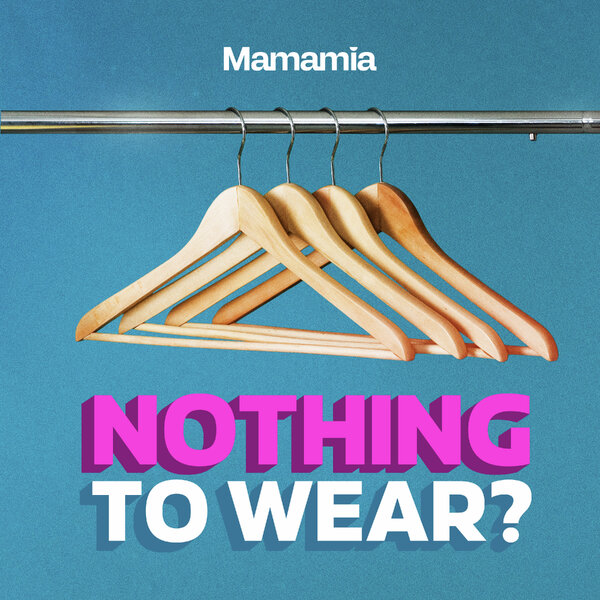It happened on Saturday night.
An intelligent friend of mine casually implied that men and women are equal in Australia. That there’s no need for feminism. That as a country, we’re cool with the idea of female leadership.
I really wish, in that moment, that I’d had a laminated print-out of current statistics on the state of gender equality in the Australian workplace.
But until today, we didn’t really have that data.
Now we do. The Workplace Gender Equality Agency just launched the results of their standardised gender reporting, from 1 April 2013-31 March 2014. It’s the most comprehensive study of its kind, and it’ll be immensely helpful – and not just so that I can win Saturday night arguments about feminism.
Here are 6 stats that prove we still have a lot of work to do to reach workplace equality. Oh, and some GIFs because this is the internet.
1. The gender pay gap is now 19.9%
That’s higher than the national average of 17%. When you factor in things like bonuses, it shoots to 24.7%. According to research by Oxfam, we won’t close this gap in Australia till the year 2089. By which time, by the way, Kim Kardashian’s daughter North West will be 76 years old. Just so you know.
2. Women account for 35% of full-time employees
Despite being half the working population.
3. Men fill 76% of directorships, 88% of board chairmanships and 83% of Chief Exec positions
GLASS CEILING. This is what you call a glass ceiling; a systemic barrier to women landing the top roles in companies.
4. Only 13.6% of employers have a flexible working strategy
So, in other words, 86.4% of workplaces won’t make an effort to cater for mothers.
5. 13.2% have a strategy to support employees with caring responsibilities
When the crushing majority of caring for children, parents, and the disabled falls to women, this is appalling. But when you consider who the decision-makers are (see #3), it makes sense.
6. Just 7% of workplaces have a stand-alone gender equality strategy
WHAT. Do better.


Top Comments
Kate, it will help women's employment statistics if you illustrate your articles with pictures that pay royalties to Australians rather than Americans?
If women only do 35% of full time work is it really surprising that they only have 24% of directorships, 12% of chairmanships and 17% of CEO positions.
If more women don't want to work full time that should mean that more women who are working full time dont want huge responsibility. Adding this to the fact that most directors chairmen and executives are old, and that the percentage of women working full time was lower in the past then the stats only really reflect historic discrimination and personal choice. If the stats were adjusted for age Im reasonably sure they would only reflect personal choice.
Of course one could argue that personal choice reflects sexism within relationships, and that is probably correct, but that is not my problem, you need to have a talk with your partner about that.